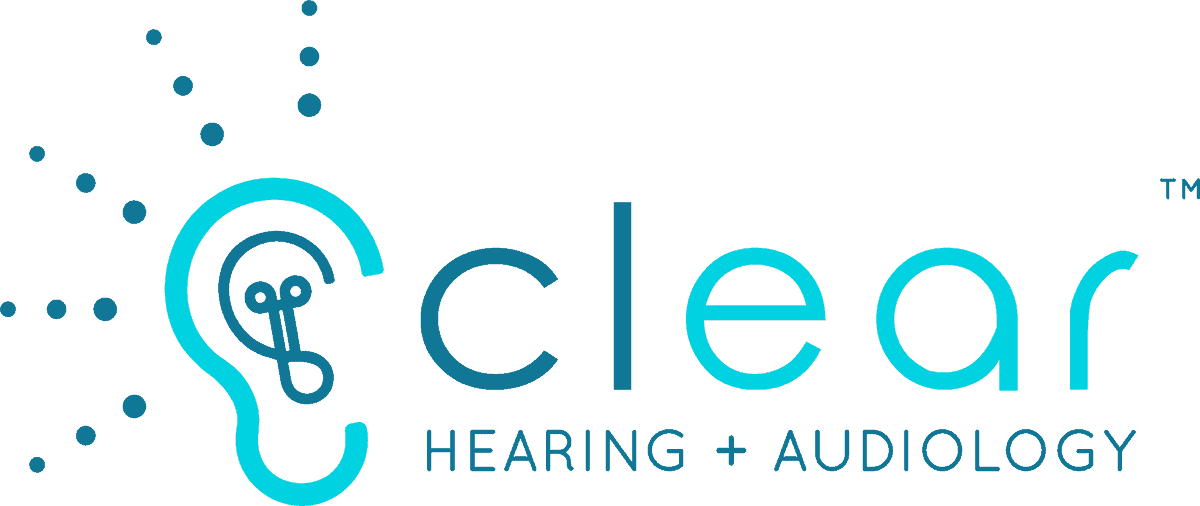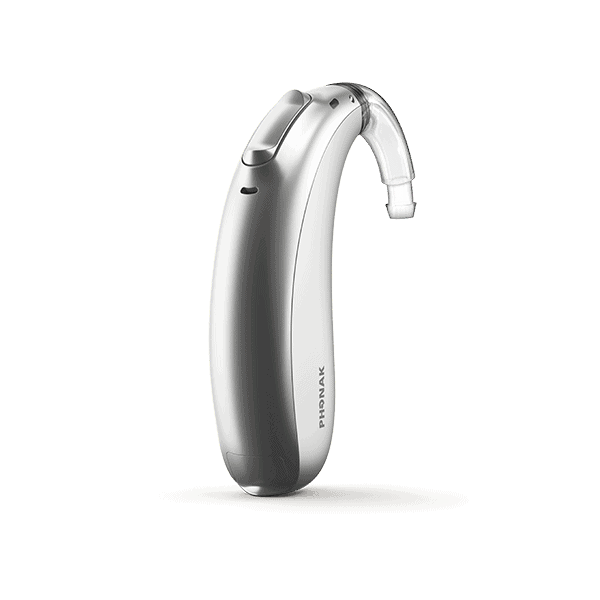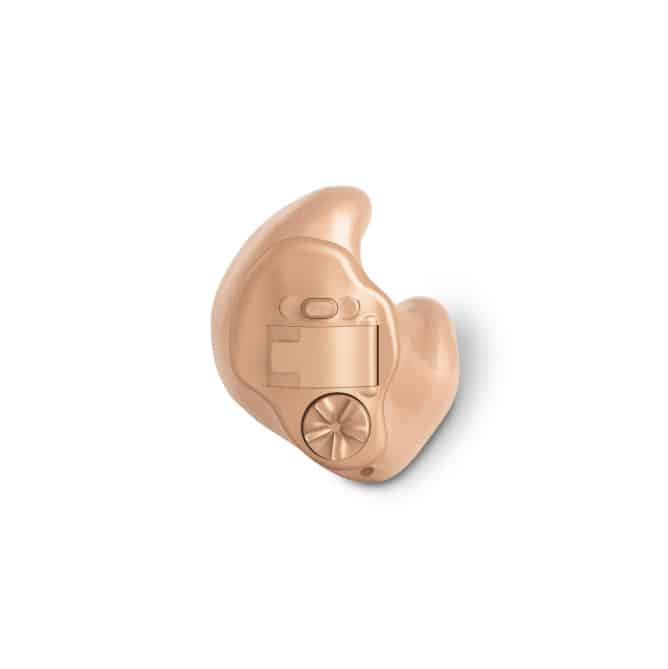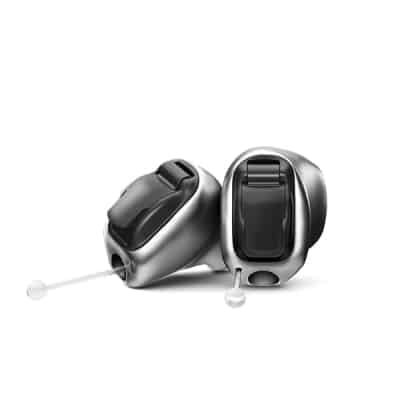Hearing Aids
Hearing aids are the most common treatment for hearing loss.
These electronic devices are prescribed by a hearing healthcare specialist to meet your specific hearing needs. Similar to most devices we use, hearing aids have experienced significant innovation over the years. Today’s hearing aids are savvier and sleeker than ever before. There is a wide range of styles, features, and technologies that are designed to create the most optimal hearing experiences in all environments. As well as rechargeable hearing aids! Our team uses their expertise of latest hearing technologies along with your aesthetic preferences, lifestyle and hearing needs to help you navigate your options and choose the device that is best for you.
Schedule an Appointment
How Hearing Aids Work
Hearing aids come in different colors, styles, and offer various features. But all hearing aids share the same basic components which allows them to absorb, amplify, and process sound. This includes:
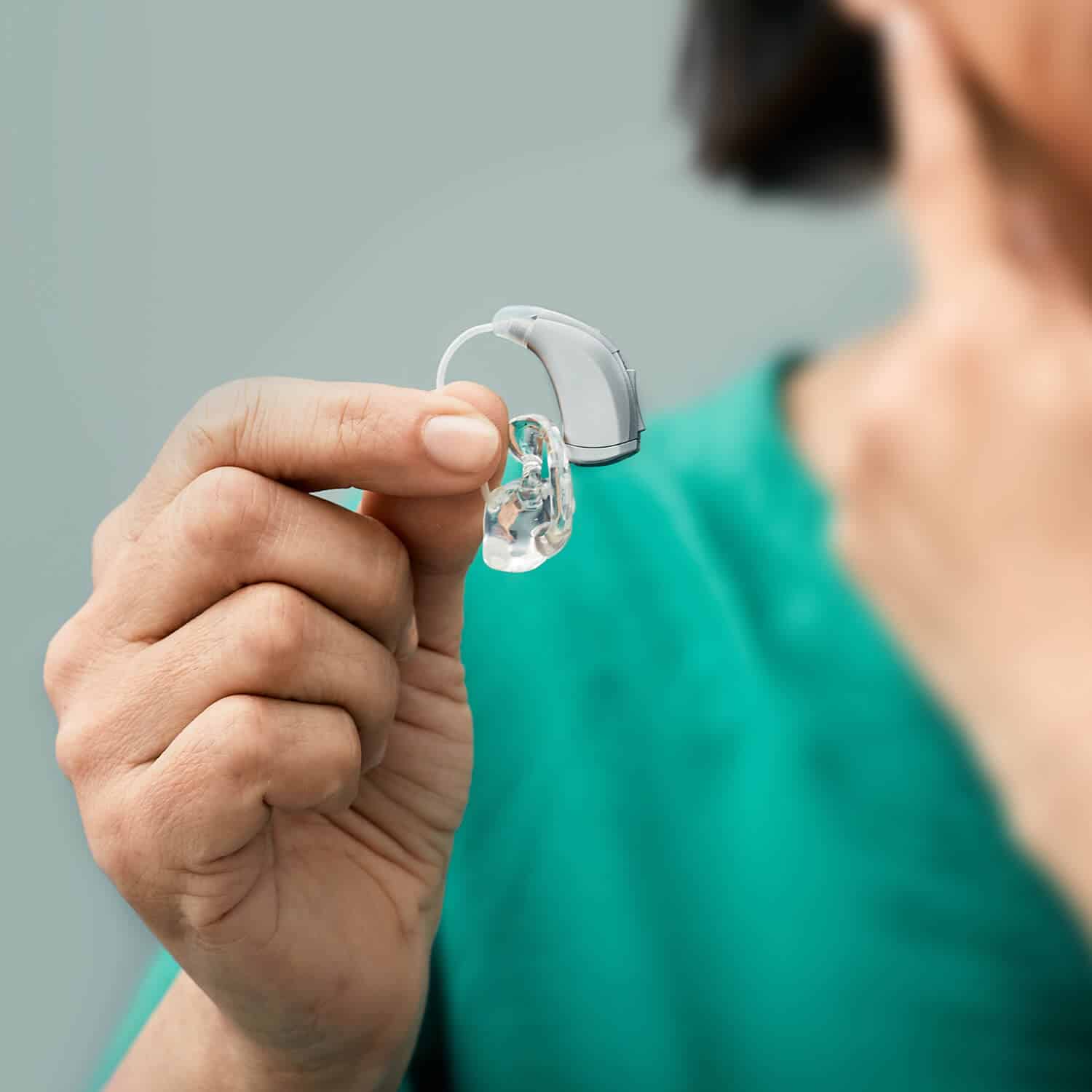
Microphone
A small microphone embedded in the hearing aid absorbs sound waves from the environment and converts them into electrical signals.
Amplifier
The amplifier increases the strength of these signals and sends them to the speaker.
Speaker
Also known as the receiver, the speaker sends the signals received from the amplifier to the inner ear where they are further processed and then sent to the brain.
A hearing test will uncover a hearing loss, determine the severity of the hearing loss and show exactly which frequencies and speech sounds you can’t hear. A hearing test can also tell you what kind of hearing loss you have, whether sensorineural, conductive, or mixed hearing loss. Once your hearing has been evaluated you can make an informed decision about your treatment options, and make smart choices for your hearing health.
Common Hearing Aid Styles
Hearing aids come in several styles, or types, which describes how the hearing aid is worn. Hearing aid brands use three letter acronyms to describe the style of hearing aid which includes the following:
The style of hearing aid that is best for you depends on a few factors including degree of hearing loss as well as lifestyle factors like the type of environments you regularly navigate.
Schedule an Appointment
Latest Hearing Aid Features
In addition to a variety of hearing aid styles, there is an array of features that enhance connectivity and sound quality. A few common features include:

Digital Noise Reduction
Also known as the receiver, the speaker sends the signals received from the amplifier to the inner ear where they are further processed and then sent to the brain.

Wireless Connectivity
Uses Bluetooth technology to connect to other electronic devices, allowing hearing aids to stream audio directly.

Tinnitus Management
Emits low levels of white noise to mask and alleviate tinnitus.
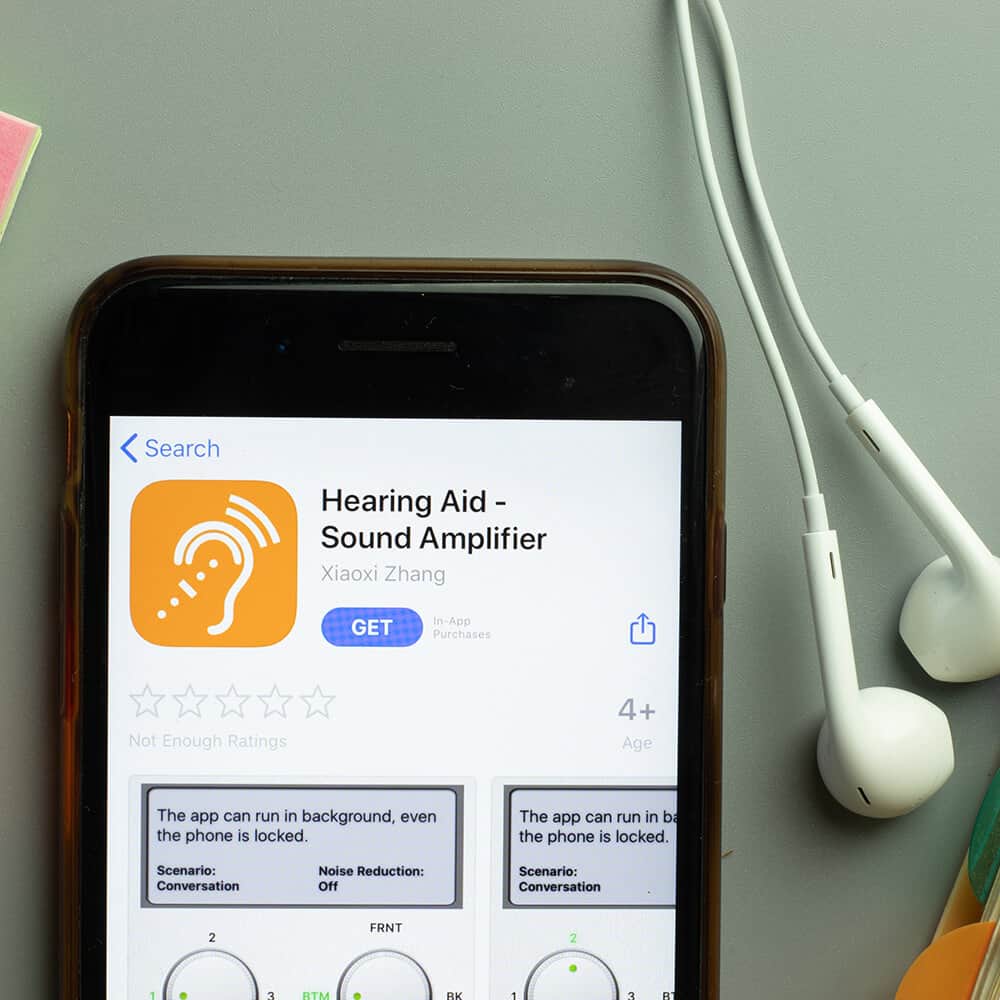
Apps
Downloadable apps allow people to access and manage their settings.
These features support hearing aids easily integrating into everyday life.
If you are interested in hearing aid styles and the latest hearing technologies, contact us today to learn more.
Schedule an Appointment
Questions?
We're happy to help!
Just fill out the form and we will get back to you shortly.
